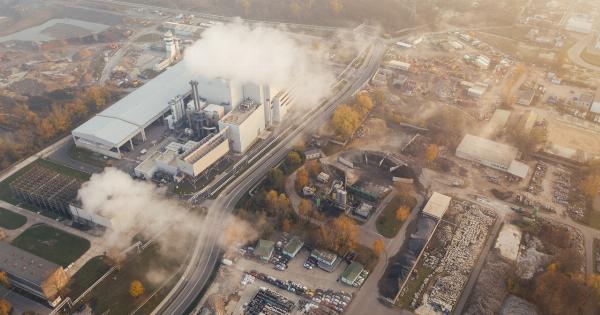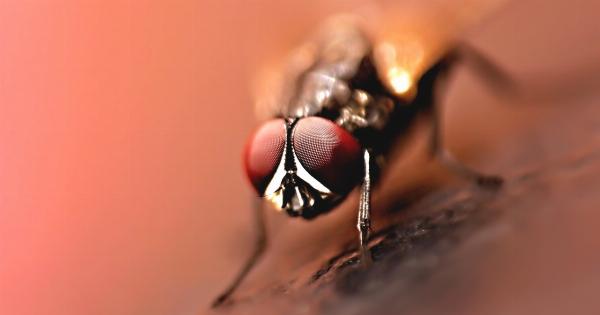The Gulf area is one of the most populated areas in the world, having cities with over millions of residents like Dubai, Abu Dhabi, and Doha.
Unfortunately, the massive population creates a lot of waste, and as a result, the region is developing an environmental problem – a foul smell that lingers persistently in the air. In this article, we will identify the root of Gulf smell and suggest remedies for its treatment.
What is Gulf Smell?
Gulf smell is a distinct odor that’s often described as a mix of chemicals and burnt rubber, similar to the smell of jet fuel.
It’s mainly found in countries around the Gulf, including Qatar, Bahrain, Saudi Arabia, and the United Arab Emirates. The smell has been reported to cause headaches, respiratory issues, and general discomfort to those exposed to it for long periods.
The Root Cause of Gulf Smell
The root of Gulf smell lies in the process of oil extraction and refinement, which is one of the primary industries in the area.
In the oil refinement process, a lot of waste is produced which is then burnt off in flares and furnaces, releasing volatile organic compounds (VOCs) and other chemicals into the air. Other contributors to Gulf smell include waste disposal and sewage treatment, which produce methane and other pollutants that add to the already polluted air.
Remedies for Treatment
1. Alternative Energy Sources
The use of alternative energy sources can help prevent the buildup of waste material that contributes to Gulf smell.
Solar power, for example, is widely available in the region and can serve as an alternative to oil, reducing the need for outright refinement.
2. Burn-off Reduction
The burning of waste products can be regulated and controlled to minimize the emissions of harmful chemicals into the air.
Though furnaces and flares are already designed to be efficient in terms of waste management, they can be upgraded further to reduce emissions of particularly troublesome chemicals like sulfur.
3. Cleaner Combustion
Investing in technologies that reduce emissions during the combustion processes, such as internal combustion engines, can reduce the amount of pollutants in the air.
The low emission diesel engines, for instance, can reduce nitrogen oxide emissions by more than 95% while still producing the required power.
4. New Waste Management Techniques
Embracing new waste management techniques can help reduce the buildup of pollutants in the air and prevent the development of Gulf smell.
Methods like venting gas, re-injection, and recycling can recover excess gas and turn them into something more useful instead of just sending them right into the air.
5. Scrubber and Filter Installations
Installing scrubbers and filters can also help reduce the pollutants from the emission sources before they are discharged into the open air.
In a scrubber, a liquid cleaning agent is sprayed onto the emission source, removing particulates before they enter the atmosphere.
6. Public Education on Environmental Issues
Effective communication of the impact of ongoing environmental degradation can encourage public participation and understanding.
The local populace can get involved in clean-up actions, further advocating for the local environment and its pollution concerns.
7. Enforcement of Environmental Policies
The implementation and enforcement of stricter environmental policies will encourage companies to adopt more conscientious business processes. Such policies encourage cleaner production and reduce the risks of environmental degradation.
8. Promoting Gas Flaring Reduction
The amount of gas flared in the area is alarming. The oil industry should adopt more socially responsible procedures that will reduce the amount of gas that is flared, which in turn will reduce the number of pollutants in the atmosphere.
9. Recycling and Reuse
Economic recovery of waste materials (recycling), composting, and selling waste by-products, such as ash, can lead to better waste management and recycling of materials.
Such applications ensure that the environment is better protected from distractions from wastes.
10. Reintroduction of Foliage and Wildlife
The reintroduction of vegetation and wildlife can assist in the reduction of pollution and provide overall benefits.
Such undertakings improve biodiversity while limiting pollution levels and contributing to the overall aesthetic appeal of the local surroundings.
Conclusion
The Gulf smell is an environmental issue with wide-ranging impacts on the local ecosystem and urban communities. It is a reminder of the dangers of neglecting the environment and the need to instill sustainable practices.
This issue requires collaborative participation from all stakeholders, and following sustainable practices can go a long way in reducing the Gulf smell and achieving a more sustainable future for the region.































